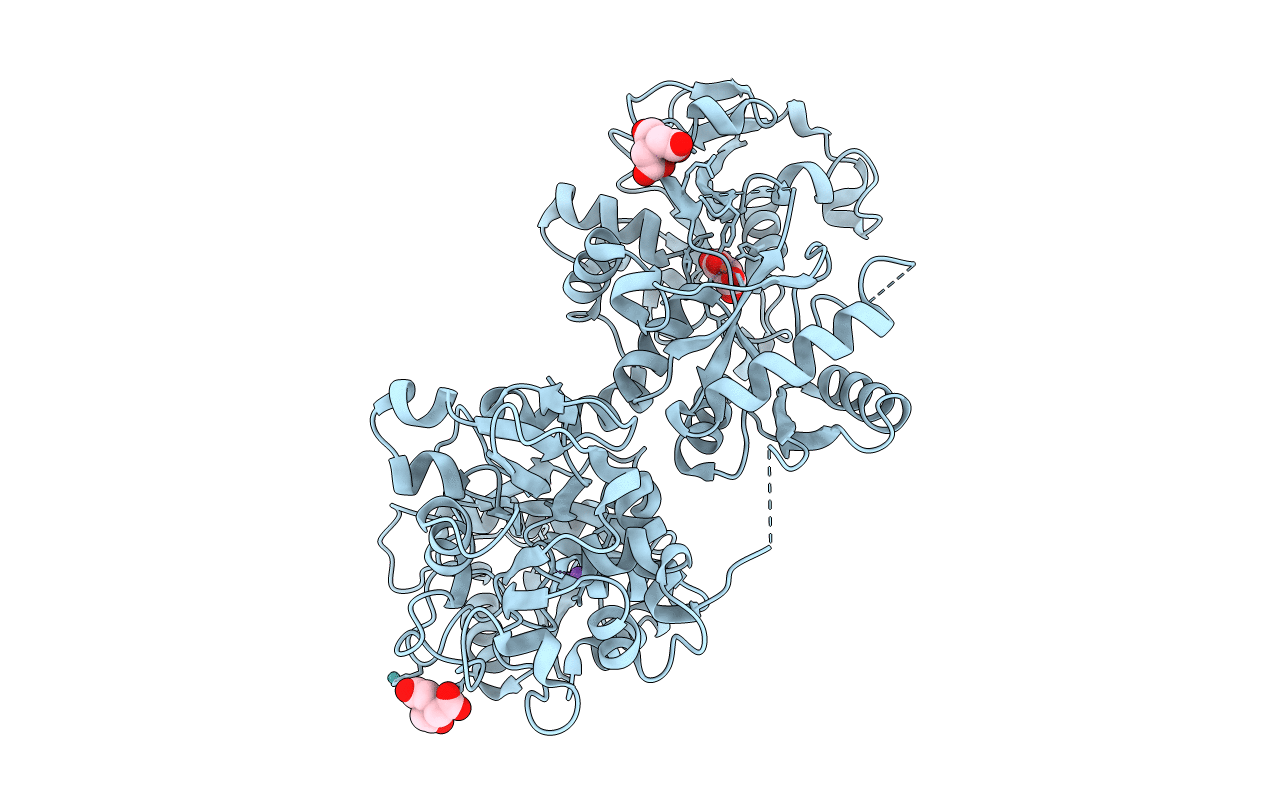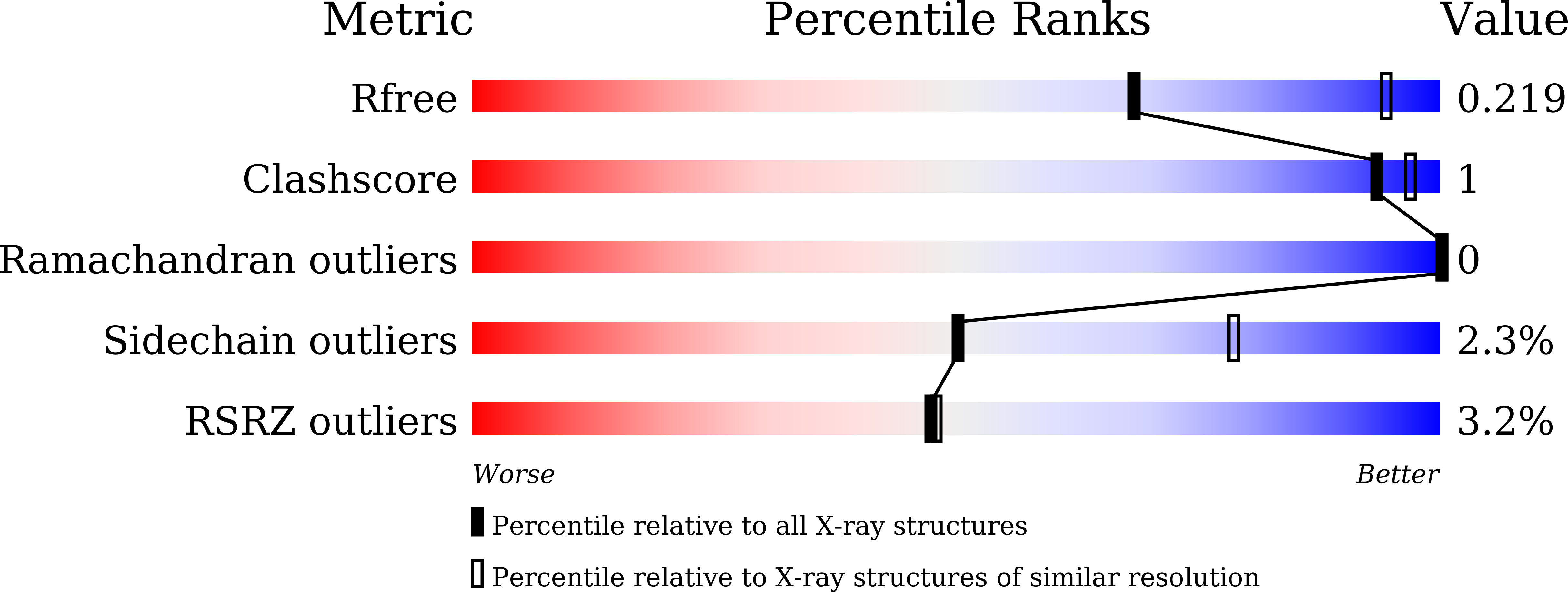
Deposition Date
2017-02-17
Release Date
2018-02-21
Last Version Date
2024-10-16
Method Details:
Experimental Method:
Resolution:
2.70 Å
R-Value Free:
0.21
R-Value Work:
0.16
R-Value Observed:
0.17
Space Group:
C 2 2 21


